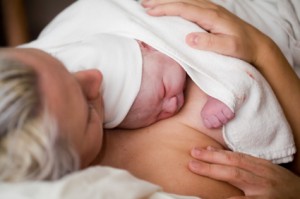 This is the 39th in a series of posts on Booby Traps, made possible by the generous support of Motherlove Herbal Company
This is the 39th in a series of posts on Booby Traps, made possible by the generous support of Motherlove Herbal Company
In this series I’ve been writing a lot about newborn care practices, and how many hospitals continue to practice things like suctioning, early cord clamping, bathing, and poor support for skin-to-skin which can lead to breastfeeding problems.
But change is possible, and I thought that it would be heartening to us all to hear about a hospital where it has. I asked Linda Jablonski, RN, MSN, and Assistant Nurse Manager at The Birthplace at Baystate Franklin Medical Center, in Greenfield Massachusetts about how change happened at her hospital.
Linda was a driving force behind a program they call “Listening to Newborns,” which has received national attention for its baby and breastfeeding-friendly practices. In the answers below she explains what it means and how it developed at her hospital.
What is the Listening to Newborns program?
Since April of 2008, the nurses and providers at The Birthplace at Baystate Franklin Medical Center have been implementing a project entitled “Listening to Newborns.” The project was inspired when staff nurses discovered research that challenged traditional medical birthing interventions such as instant clamping and cutting of the umbilical cord, vigorous towel drying, oral and nasal suctioning and placing the infant on a warm surface separate from the mother for examination. The research challenged the benefit of these traditional interventions, and proposed that infants actually adapt just as well, if not better, to extra uterine life with minimal to no intervention.
Before we started the Listening to Newborns program, our practice was to routinely suction the mouth and nose immediately at delivery, then place the newborn on a sterile towel on the mother’s chest. Due to our midwifery-based model of care, delayed cord clamping was already a routine practice. Once the infant was dried off, we would swaddle the infant in a blanket and place the baby in the mother’s arms. We would then assist all breastfed infants to nurse within 30 minutes of life.
As a result of Listening to Newborns we now approach each birth by “listening to the newborn and basing our interventions on the newborn’s condition, rather than on routine.” If an infant is compromised,we are prepared to intervene as needed. For healthy newborns, we no longer routinely suction at delivery, and infants are placed directly skin-to-skin at birth. They are gently towel dried and covered with a warm blanket. We delay the cord clamping until it has stopped pulsing. Breastfeeding newborns are placed skin to skin on mothers abdomen in a position that maximizes their ability to crawl to the breast (see our self-attachment protocol).
At the end of 2011, bulb suctioning was used in just 17% of all deliveries, cord clamping was delayed 91% of the time. 93% of babies were placed skin to skin immediately after birth and 89% of breastfed infants were encouraged to self attach to the breast. In the last several months, we’ve focused on the use of skin-to-skin and self attachment in the operating room (OR) during c-sections. Currently, 67 % of our newborns delivered by C-sections are placed skin to skin in the OR. (We are even becoming experts at placing twins skin to skin post c-section – we had one successfully self attach in the OR this week!)
What has the effect of this program been on breastfeeding at your hospital?
Our breastfeeding rates remain in the 80th percentile. The most significant impact is that 89% of our breastfeeding infants are given the opportunity to self attach to the breast. Research shows that infants that are allowed to self attach are more likely to breastfeed exclusively and for a longer duration. We’ve also had a few mothers who were planning on bottle feeding change their minds once their babies were placed skin-to-skin. They became amazed at the baby’s natural instinct to crawl to the breast, and then decided to change to breastfeeding.
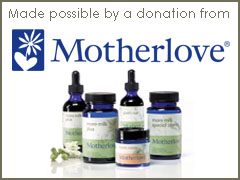 What was the impetus for the changes you made?
What was the impetus for the changes you made?
We have a very active OB clinical nurse practice team. Our purpose is to systematically evaluate the care we give, and ask ourselves: “How can we do this better” The team attended a teleconference entitled “Newborn Transitions to Life” by Barbara Graves CNM, MN, MPH, FACNM. Barbara cited research from journals such as the Journal of Pediatrics, GYN/OB Investigation, the Lancet and the Journal of Midwifery and Women’s Health. The research challenged the benefit of immediate cord clamping and bulb suctioning, and promoted immediate, prolonged skin-to-skin contact and self attachment to the breast. The nurses saw that the evidence was different than current practice and this gave them the motivation to change.
What was the process of making these changes like? Can you describe the steps you took to making these changes?
We used AWHONN’s (Association of Women’s Health, Obstetric and Neonatal Nurses) standards for professional nursing practice as a framework for the process. AWHONN is the national organization of nurses committed to the health of women and newborns, setting standards and best practice guidelines for obstetrical nursing. They have a standard regarding quality of practice which states that the OB nurse systematically evaluates and implements measures to improve the quality, safety and effectiveness of nursing practice for women and newborns. The AWHONN standard is very specific, and our team collaborated with RN’s, OB’s, CNM’s and pediatricians to go through the steps in the standard.
Specifically, we identified the aspects of our practice that we needed to improve (newborn transitions, maternal infant bonding, immediate care of the mother and newborn). Then we identified indicators to monitor the safety and effectiveness of our practice (cord clamping, bulb suctioning, skin-to-skin and self attachment). We did a literature review to integrate the best available evidence into our practice. We participated in interdisciplinary teams that evaluated the safety of our practice, involving all members of the health care team. We then collected data at every birth and analyzed the data to identify opportunities to improve practice. We kept in constant communication with all providers, and it became clear that the evidence was correct. Newborns with little to no medical intervention display equivalent Apgar scores, temperature, respiratory and cardiac adaptation.
What would you recommend that staff at a hospital do if they wanted to make these changes?
I highly recommend starting with the AWHONN standards for professional practice. This was foundational for our success. Collaboration is also critical. Involve an interdisciplinary team, or utilize a team already involved in improving practice. Perform a literature review. Review your current practice and identify any changes needed in order to improve your practice to comply with the evidence. Engage, communicate and collaborate at every stage!
Can you describe your status relative to the Baby Friendly Hospital Initiative?
The Birthplace has been following the 10 Steps to Successful Breastfeeding for over 10 years. We have a group of RN’s, pediatricians, obstetricians and midwives that are dedicated to promote breastfeeding. Our mPINC (Maternity Practices in Infant Nutrition and Care) scores for feeding of breastfed infants and breastfeeding assistance are 100%. We have 2 IBCLC’s and one CLC on our nursing staff who work together to train all of our RN’s as lactation resource nurses. The obstacle for us at this time is the cost of purchasing our own formula as well as the requirement for an 18 hour interdisciplinary breastfeeding course. We continue to pursue options to overcome the budgetary constraints and also implement the 18 hour training course.
Has your hospital implemented any of these changes? Do you they would make a difference in your breastfeeding experience?



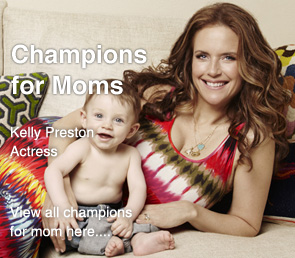
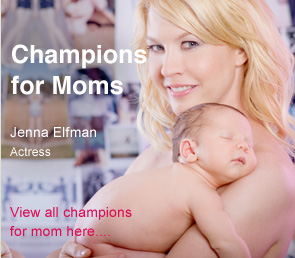
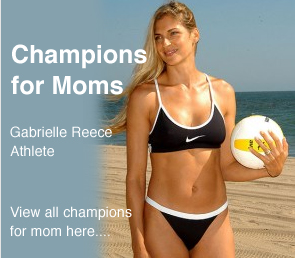
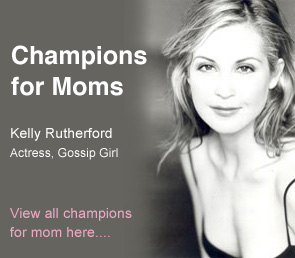
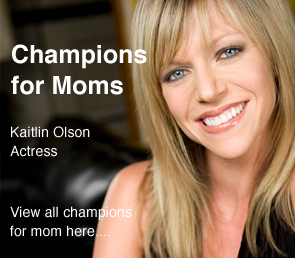
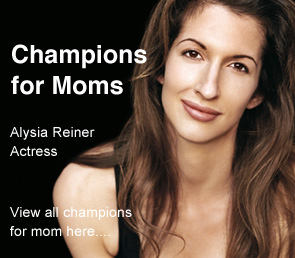
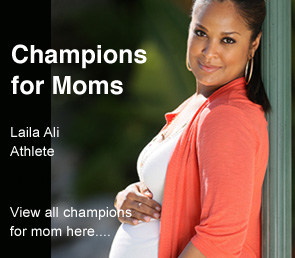
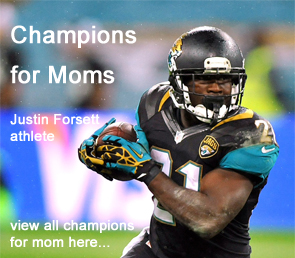
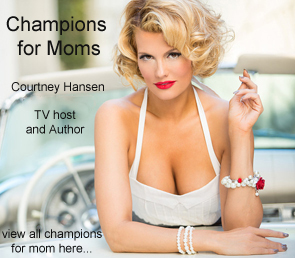
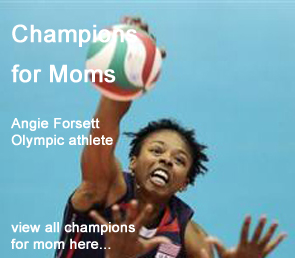
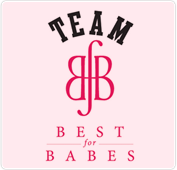
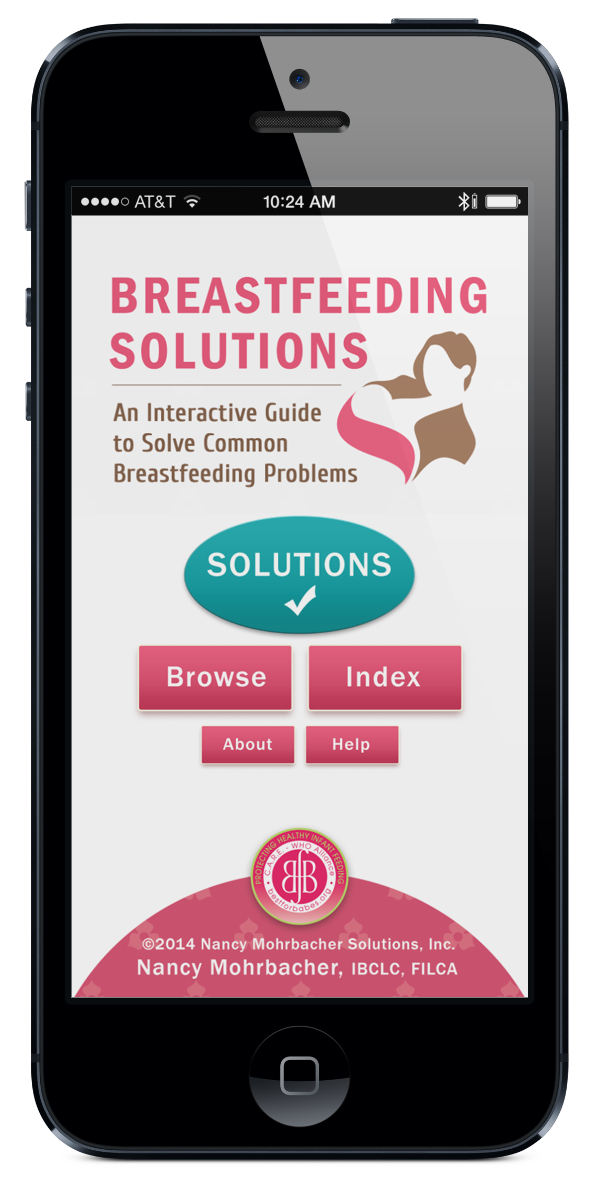
This sounds fantastic. Wish I had access to this type of maternity care!!!
One question:
I’m confused about the purchase of formula mentioned in the final paragraph. Why is this a big cost, if so few babies are using it? And don’t mothers who wish to formula feed bring their own bottles and formula under the Baby Friendly Hospital Initiative?
Hi Rosy-Cheek,
Yes, the cost of formula is definitely lower when the hospital does things supportive of breastfeeding. I heard Dr. Bobbi Phillip say that she recommends that hospitals becoming Baby Friendly tackle this step last, because when the other policies are in place the amount of formula the hospital uses declines so much. It’s not zero, but much lower!
Tanya
My son was born at The Birthplace at Baystate Franklin in Sept. 2009. At the time, I was uneducated about newborn interventions, and now I know that my wonderful, healthy, joyful birth experience was because of a concerted effort to Listen to Newborns.
That doesn’t mean that my experience was Booby-Trap free, or that a great newborn practice always results in great breastfeeding results. I didn’t know that the epidural I requested could hamper breastfeeding by making the baby sleepy and causing edema, which for me prevented a good latch. I was also given varying feeding advice by well-meaning and very caring nurses and did not have enough access to trained LC’s. The outcome was that I never learned to nurse but exclusively pumped for 20 months.
I am glad to see there are more LC’s on staff now, and I will be back at the Birthplace in October to give birth to my second son, armed with much more information this time around and even more determination. Thank you to Tanya for this article and Linda for making the Birthplace a place I want my newborns to spend their critical first days of life.
Wow - I didn’t expect to hear from anyone who had birthed there! How great.
If you find you need more support, here’s a website I set up for breastfeeding support in our region: http://www.valleybreastfeeding.org Click on ‘breastfeeding support’ and you’ll find everything available that our coalition knows of!
Best of luck with your new baby!
Tanya